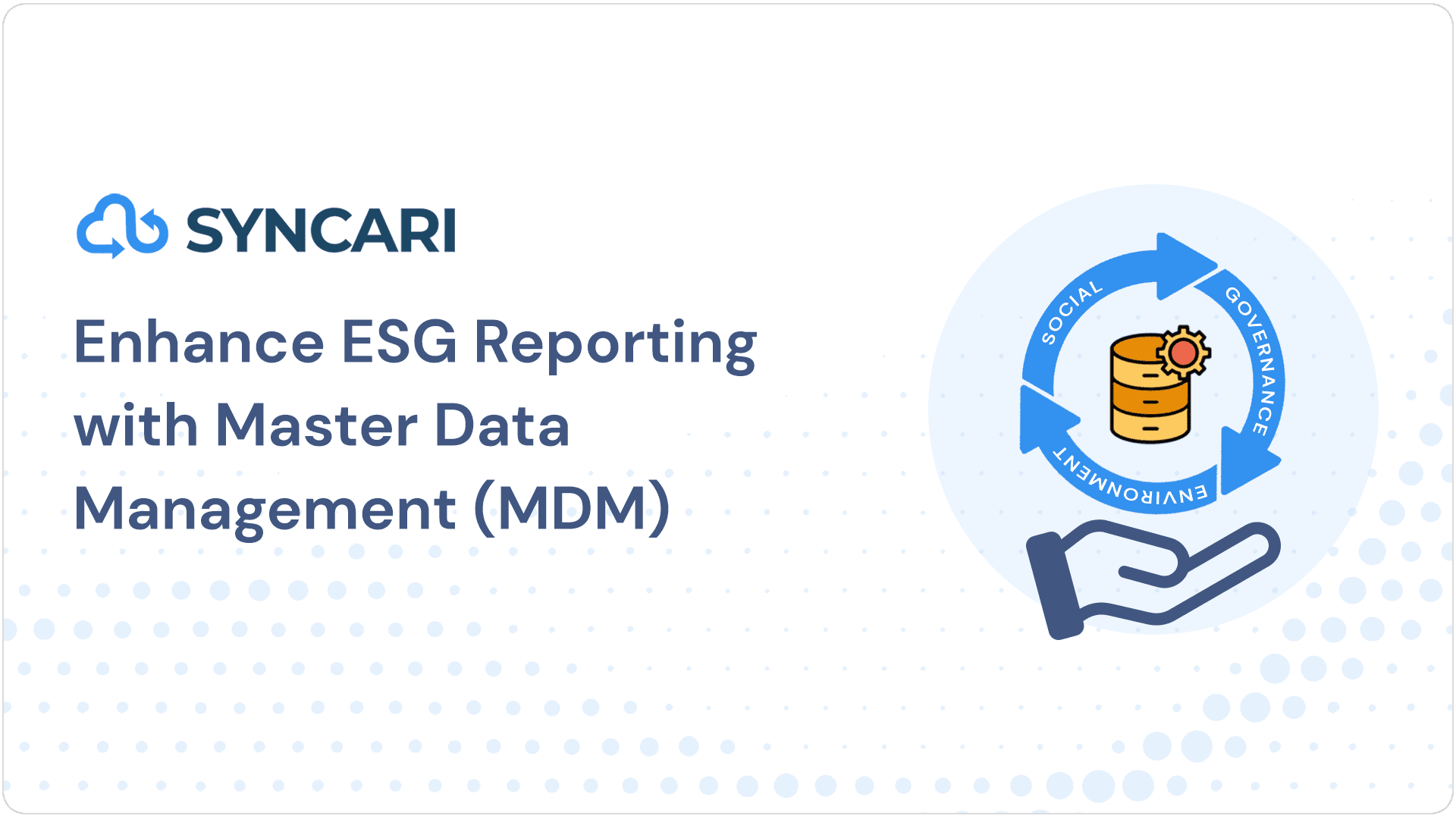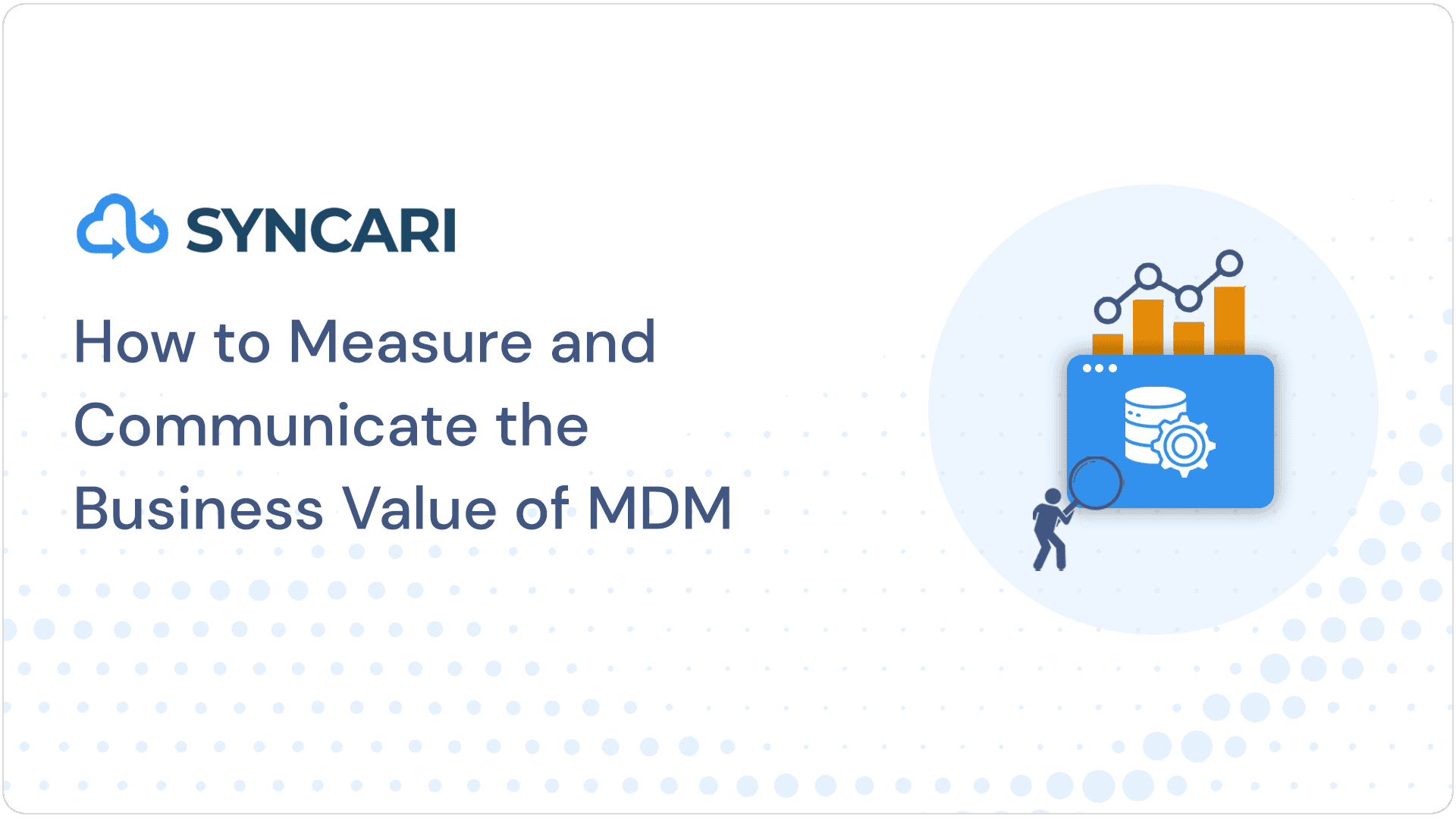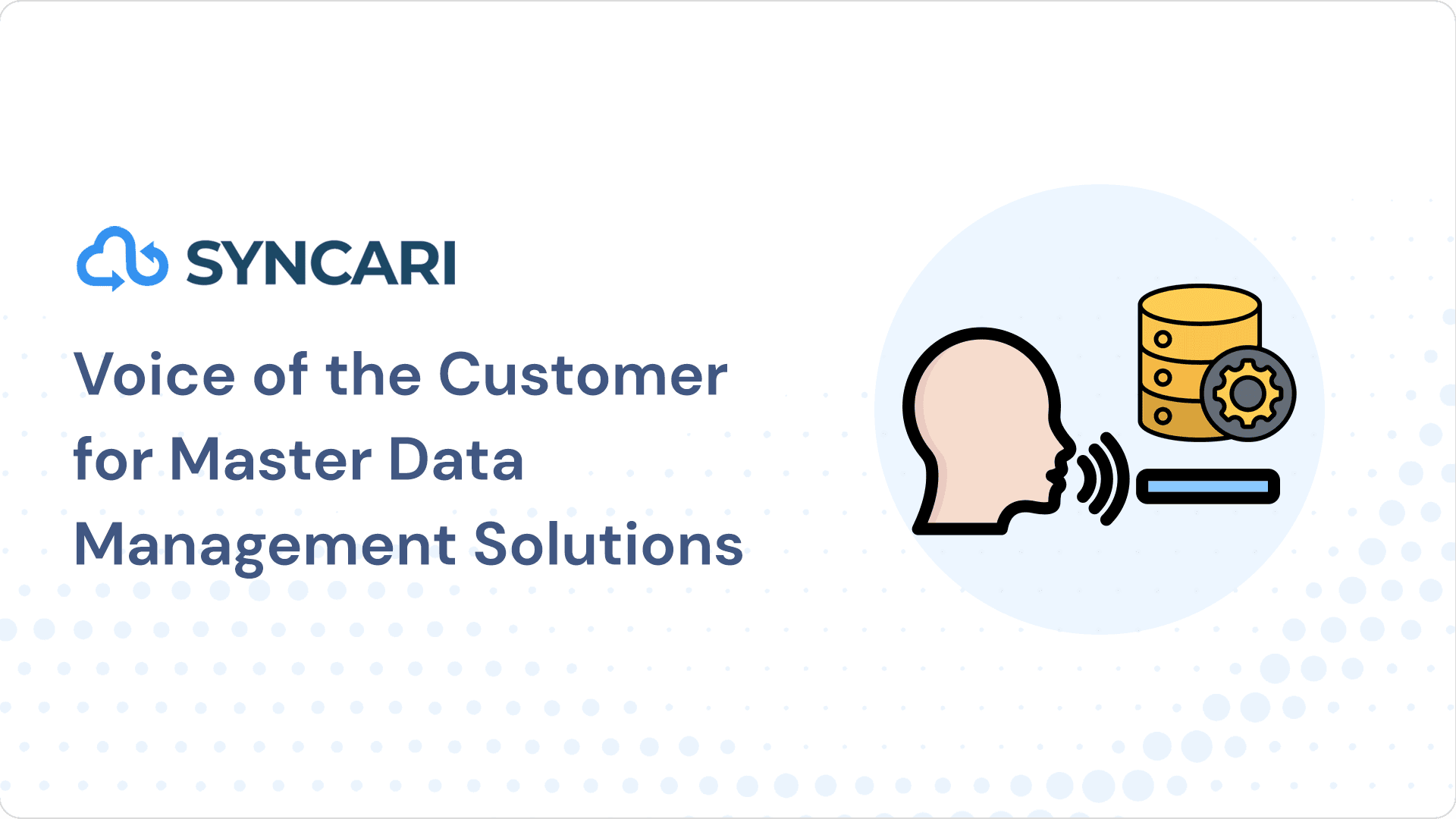In today’s competitive business environment, it is critical to leverage available resources in the most effective way possible. As organizations leverage new technologies to support their human resources, a new paradigm has developed. Now, cross-functional teams are emerging to connect the fabric between people, technology, and processes. One of the most important of these teams to come to prominence in recent years? Revenue Operations, or “RevOps.”
The success of a business often depends on its revenue operations. By leveraging data, insights, tools, and enablement strategies, companies can optimize their sales processes for maximum results.
But how do you go about building the right revenue operations team structure? In this blog post, we will explore Revenue Operations and who RevOps should report to. We’ll also look into the components of a great Revenue Operations team, from enablement to RevOps data automation, and provide tips on how to build the proper structure.
What is Revenue Operations?
Revenue Operations is an emerging approach to business that helps organizations optimize their revenue streams. It utilizes innovative tools to create cross-functional collaboration between departments such as Product, Sales, Marketing, and Customer Success.
This allows teams to leverage shared processes and real-time insights so that operations run more efficiently and products go to market successfully. Revenue Operations provide businesses with opportunities to grow and the operational strategy behind them.
The role of revenue operations teams
Revenue operations teams are core parts of modern businesses. Its role is focused on streamlining processes so that organizations can optimize performance while maintaining efficient use of resources.
They are also responsible for identifying areas for improvement. A part of the role of RevOps is to implement procedures that keep stakeholders informed of revenue goals and measure the effectiveness of current business activities.
Funding also becomes a highlighted focus of revenue operations teams as they source proprietary deals and ensure needed investments are well-planned and managed. This team is the backbone of organizations by bringing together different strands of data and managing related workflows.
Who should RevOps report to?
Establishing who RevOps should report to is an important decision. Depending on the company’s size and goals, this responsibility could land with different departments.
Often RevOps reports to either Sales or Marketing or a Chief Revenue Officer for close alignment on GTM activities. However, this function sometimes directly reports to the CEO as its own department.
Regardless of who the team reports to, RevOps should have the autonomy to collaborate with multiple departments and make decisions on operational initiatives. This team needs to sit at the core of business objectives, and its management should be the one that closely aligns with the company’s goals.
RevOps as an “executive function”
The concept of RevOps is gaining attention because it combines two key elements: revenue performance and operational efficiency. As an “executive function,” RevOps emphasizes collaboration between cross-departmental functions to use resources better, improve outcomes, and maximize profitability within a business. At the same time, it leverages data-driven insights and analytics to help prioritize strategies that will drive growth for the entire organization.
Components of a Great Revenue Operations Team
Revenue Operation has several responsibilities, and they can be divided into five pillars: Operations, Enablement, Insights, Tools, and Data. Every component works together to build an effective operational engine.
Operations
RevOps is responsible for managing the day-to-day revenue-adjacent activities of the business. This includes working with sales and marketing teams to ensure accurate data collection, utilizing tools like customer relationship management (CRM) platforms, creating playbooks that outline processes, and monitoring team performance against goals.
Enablement
Enablement is focused on empowering the business and utilizing RevOps for the best results. This includes ensuring processes are efficient, training employees, developing automation solutions for repetitive tasks, and creating a culture of continuous improvement.
Insights
The insights component of RevOps is responsible for understanding customer behavior, leveraging data to inform strategic decisions, and recommending changes to existing processes. This team also plays a key role in measuring the success of RevOps initiatives and identifying areas where additional resources may be needed.
Tools
RevOps introduces a range of tools and procedures to benefit the business. Researching, implementing, and configuring the appropriate tools plays a key role for RevOps. The RevOps team may include project management applications, a CRM, or CPQ for billing. Each tool has its use case, and it’s up to RevOps to choose the one that most aligns with business objectives.
Data
One of the benefits of having a RevOps function is the increased ability to make data-driven decisions. This team ensures data integrity and finds solutions where there is a known gap. This could include data clean-ups in the CRM or other tools, integrating metadata, or creating automations to reduce human error.
Building the Right Revenue Operations Team Structure
An effective Revenue Operations team is essential for modern businesses looking to optimize resources. Because RevOps has so much to do, and it’s common to see a team structure with specialists for each responsibility. To build a successful RevOps team structure, it’s essential to consider the components of such a team – from operations and enablement to insights, tools, and data – as well as the needs of the business.
Detail available resources
The first step in building the right RevOps team structure is to detail available resources and identify gaps in skills or expertise. This should include a thorough assessment of existing personnel and tools, as well as an understanding of what employees can achieve with their current level of experience. This will help determine where additional training may be needed, or if any new hires may be required to fill in any gaps.
Define the goal of your RevOps team
The next step is to define the goal of your RevOps team, as well as what you hope to achieve by having one. This will help guide the implementation process and ensure that each function is properly aligned with the overall objectives. Additionally, it’s important to note any key performance indicators (KPIs) and other metrics that will be used to track success.
Work with sales AND marketing
Once you’ve defined the goal of your RevOps team, it’s important to structure the team to work with both sales and marketing teams. This ensures an overlap between the two functions and allows for better collaboration. It also allows the handover from marketing to sales to be much smoother and more efficient, resulting in better customer experiences.
Plan for implementation
The final step is implementing a project plan. This could include setting up a timeline and outlining any resources that will be needed. It’s important to consider the full scope of the project as well as identify potential pitfalls that may arise during the process. Additionally, it’s beneficial to create a feedback loop to make improvements.
Be willing to iterate over time
Iteration is essential for the successful operation of any Revenue Operations process. As market conditions change and technology advances, it’s vital that RevOps functions are consistently re-evaluated to ensure they drive the best results. Doing so ensures that teams continue to evaluate and proactively adjust strategies for continuous improvement.
The business will evolve
As a business grows, so too do its needs. This requires the RevOps function to adapt and expand. Some examples include reviewing pricing models, go-to-market strategies, and performance metrics. With a continuous improvement mindset, decision-makers are better equipped with the necessary data points to make informed decisions when needed.
Resources and needs will change
The role of RevOps is complex, requiring constant iteration to ensure it is managed and functioning. It’s important to understand that the environment and resources available are constantly changing. The product will evolve, customer needs will shift, and trends will arise that weren’t present before. To keep up with this pace of change, RevOps teams need to remain agile yet strategic in their approach, refining processes, and parameters as necessary to adapt to the changing landscape. Taking a proactive stance towards ensuring the RevOps function remains aligned with current needs will ultimately maximize ROI and generate higher returns.
Building the Right RevOps Team for Your Business
The definition of Revenue Operations is growing, and this team is taking on more and more responsibilities. If done correctly, RevOps functions can centralize the cross-functional teams and ensure that the business is heading towards the same objectives.
At Syncari, we understand how critical great data is for an effective RevOps team. We help RevOps by eliminating data silos and aligning GTM teams with a single source of truth. Contact us today for more information on effortlessly managing data and your GTM stack.


